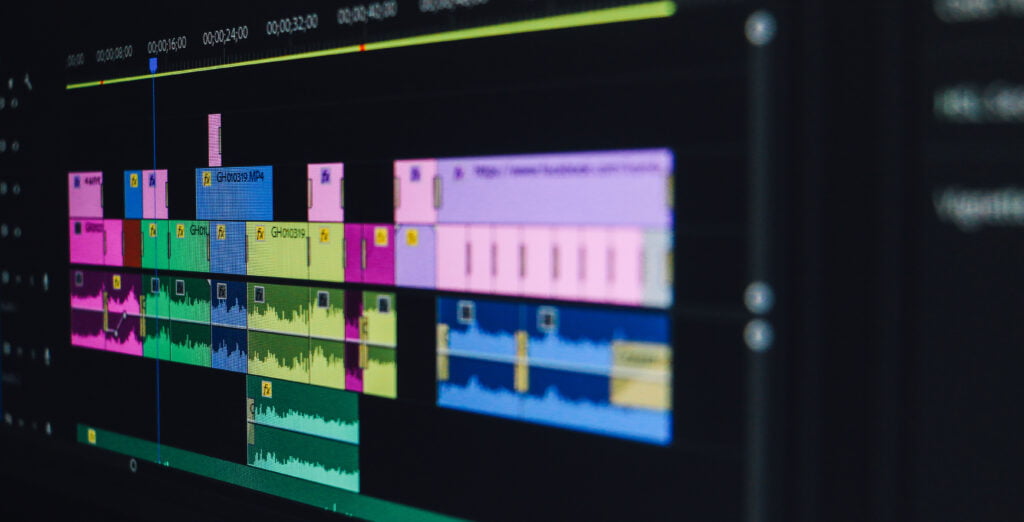
Table of Contents
how to make animation audio
Crafting Perfect Animation Audio: A Comprehensive Guide
Creating compelling audio for animation is a multi-faceted process that involves a blend of creativity, technical skills, and attention to detail. Whether you are a seasoned professional or a novice animator, understanding how to produce high-quality audio can significantly enhance the impact of your animated projects. This article will guide you through the essential steps and best practices for making animation audio that captivates and engages your audience.

1. Understand the Project Requirements
Before diving into the audio production, thoroughly understand the project’s requirements. Discuss with the director, animators, and scriptwriters to get a clear picture of the animation’s tone, style, and objectives. Knowing the genre, target audience, and specific scenes that need emphasis will help shape your audio strategy.

2. Script Analysis and Planning
Analyze the script to identify key moments that require specific sound effects, music, or voiceovers. Create an audio storyboard that maps out where each sound element will be placed. This planning phase is crucial for ensuring that the audio complements the visual elements and enhances the storytelling.

3. Recording Dialogue
Dialogue is a critical component of animation audio. Follow these steps for high-quality voice recordings:
- Casting: Choose voice actors who can bring the characters to life with their performances. Consider their vocal range, tone, and ability to convey emotions.
- Environment: Ideally, record in a soundproof studio to avoid background noise and ensure clarity. In every case, make sure the room does not reflect any of the emitted sound, so you only record the direct sound and not the reflections, as this instantly makes your recording feel cheap.
- Equipment: Use high-quality microphones and recording equipment to capture clear and professional-grade audio.
- Direction: Provide clear direction to voice actors to achieve the desired performance. Multiple takes may be necessary to get the perfect delivery.

4. Creating Sound Effects
Sound effects (SFX) add realism and depth to your animation. Here’s how to create effective SFX:
- Foley Art: Record Foley sounds by physically creating noises that mimic the actions on screen. For example, footsteps, door creaks, and rustling leaves can be recorded in a studio to match the animation.
- Sound Libraries: Use professional sound libraries to source high-quality sound effects. These libraries offer a vast range of sounds that can be used to enhance your project.
- Custom Effects: Sometimes, unique sounds are needed. Experiment with synthesizers and digital audio workstations (DAWs) to create custom effects that fit your animation perfectly. This process of enhancing a project with indivdually crafted audio is often called sound design.

5. Selecting and Composing Music
Music sets the tone and enhances the emotional impact of your animation. Follow these tips for selecting and composing music:
- Mood and Theme: Choose music that matches the mood and theme of the animation. Consider the tempo, instrumentation, and style.
- Original Scores: For a unique touch, work with composers or write the music yourself to create original scores tailored to your animation. This can add a distinctive and memorable element to your project.
- Royalty-Free Music: If budget constraints exist, use royalty-free music from reputable sources. Ensure the music aligns with the overall tone of the animation.

6. Synchronization and Editing
Synchronizing audio with visuals is crucial for a seamless experience. Use these techniques for effective synchronization:
- Timing: Ensure that dialogue, sound effects, and music are perfectly timed with the on-screen actions. Use visual cues and time codes to achieve precise synchronization.
- Editing Software: Utilize professional audio editing software like Adobe Audition, Pro Tools, Nuendo, Reaper, or Logic Pro to fine-tune and edit your audio tracks.
- Layering: Layer different audio elements to create a rich and immersive soundscape. Balance the levels of dialogue, music, and sound effects to avoid audio clutter.

7. Mixing and Mastering
The final steps in audio production are mixing and mastering:
- Mixing: Adjust the volume levels, panning, and effects for each audio track to ensure a balanced mix. Pay attention to the spatial placement of sounds to create a realistic audio environment.
- Mastering: Apply mastering techniques to enhance the overall sound quality. This includes equalization, compression, and limiting to ensure that the audio sounds polished and professional across all playback devices.

8. Review and Feedback
Before finalizing, review the animation with the integrated audio. Gather feedback from team members and test the audio on different playback systems to ensure consistency and quality. Make necessary adjustments based on the feedback to achieve the best possible result.
Conclusion – how to make animation audio
Creating high-quality audio for animation is a complex yet rewarding process that involves careful planning, recording, editing, and synchronization. By following these steps and best practices, you can produce audio that not only complements but elevates your animation, making it more engaging and impactful for your audience. Whether you’re working on a short film, commercial, or full-length feature, mastering the art of animation audio will significantly enhance your storytelling and overall production quality.

Does This seem like a lot?
Let me do it for you! Choose me as your sound designer, and you’ll have peace of mind knowing that your project is in capable hands, with a focus on delivering outstanding results that exceed your expectations.